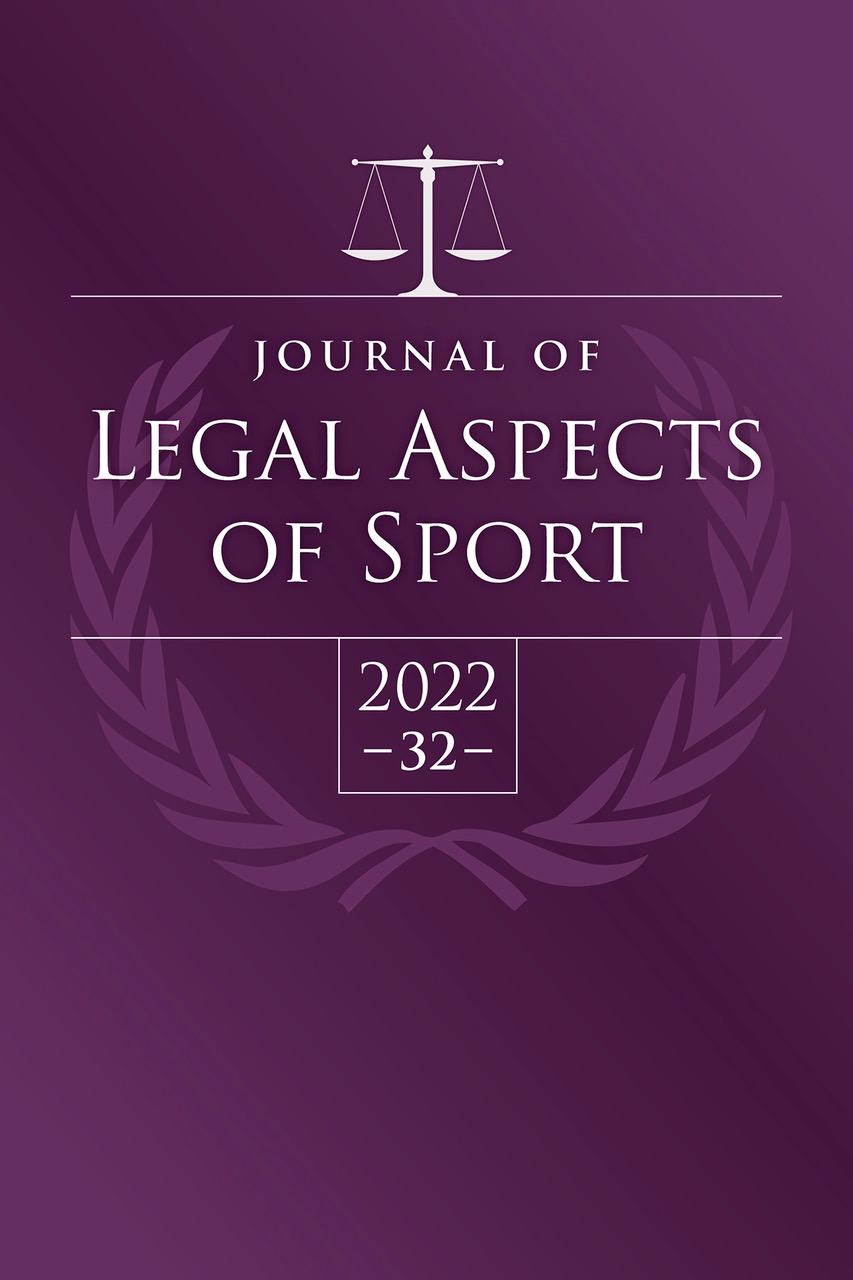A Three-Tiered Circuit Split: Why the Supreme Court Needs to Hear Alston v. NCAA
DOI:
https://doi.org/10.18060/24493Keywords:
intercollegiate sports, antitrust law, sports law, Supreme CourtAbstract
Based on the Ninth Circuit Court of Appeals’ definitive opinion in the presently-appealed Alston v. NCAA, a reader unfamiliar with the intricacies and history of the treatment of college sports by the antitrust courts would be justified in thinking that courts were unanimous in their belief that the treatment of college athletes by the National Collegiate Athletic Association (“NCAA”) is violative of §1 of the Sherman Antitrust Act. Alston’s almost absolute reliance on O’Bannon v. NCAA —a 2015 antitrust case decided by the Ninth Circuit that had also found NCAA restrictions on college athlete compensation to be anticompetitive—continues O’Bannon’s legacy of spearheading a history of tough antitrust treatment by the Ninth Circuit of the NCAA’s activities to preserve their brand of amateurism in intercollegiate sports.
However, as the NCAA has argued in their petition for Supreme Court review, the Ninth Circuit’s unforgiving treatment of the NCAA in Alston and O’Bannon under the antitrust laws has created some inconsistency in how the various circuits apply antitrust law to NCAA amateurism rules. But while the NCAA focuses their discussion on what they frame as a strictly bilateral circuit split, in actuality the application of antitrust law by the courts to NCAA amateurism restrictions is even more fractured than a simple circuit split. In fact, the differences of opinion existing in the courts’ application of antitrust law to NCAA amateurism restrictions exists as a three-tiered circuit split between three jurisdictional silos: (i) the Third and Sixth Circuits; (ii) the Seventh Circuit; and (iii) the Ninth Circuit.
This Article demonstrates the pressing need for Supreme Court review of Alston through a mixed methods citation network review of the case law that has created a three-tiered circuit split in antitrust application of NCAA amateurism rules. It also makes the case that the Ninth Circuit’s view of the NCAA’s antitrust liability—rather than the Third, Sixth, and Seventh Circuit’s views—is the correct viewpoint given the Supreme Court’s repeated distaste for implicit exemption to the Sherman Act. Through comparison to the long-standing and long-criticized baseball exemption, this Article argues that the Supreme Court should hear Alston in order to sustain its constant disfavor of implicit exemptions to the antitrust laws and create new precedent holding that antitrust immunity can granted by Congress and Congress alone.
Downloads
Published
Versions
- 2022-02-25 (2)
- 2022-02-25 (1)

